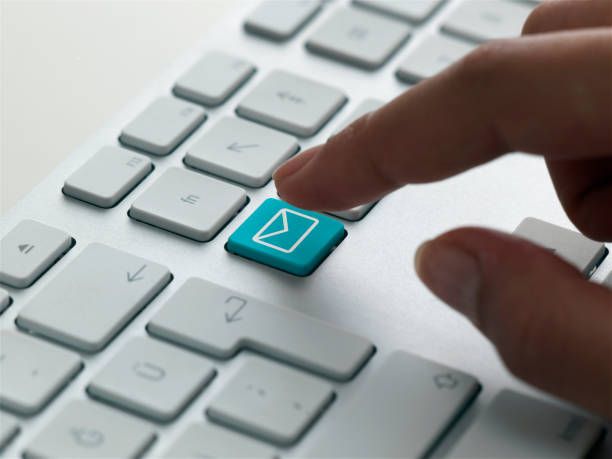In today's digital world, email has become an integral part of our communication. Whether you're using an iPhone, iPad, or Mac, Apple offers reliable and user-friendly email solutions that cater to your needs. From Apple Mail on macOS to iCloud Mail for seamless synchronization across devices, Apple provides robust email services. As an expert in Apple devices and software, I will guide you through the process of checking and managing email on Apple platforms.
Understanding Apple Mail and iCloud Mail: Apple Mail is the default email client on macOS and iOS devices. It allows you to set up and manage multiple email accounts, including those from popular providers such as Gmail, Yahoo, and Outlook. iCloud Mail, on the other hand, is Apple's proprietary email service that provides seamless integration with Apple devices and offers a secure and private email experience.
Checking Email on Apple Mail: To check email on Apple Mail, follow these steps:

Step 1: Launch Apple Mail: Open the Apple Mail app on your Mac or iOS device. The app icon resembles an envelope.
Step 2: Add Email Accounts: If you haven't already, add your email accounts to Apple Mail by selecting "Preferences" and clicking on the "+" icon. Follow the on-screen instructions to set up your accounts.
Step 3: Sync and Fetch Settings: Customize your email sync and fetch settings to determine how frequently Apple Mail checks for new messages. You can choose between automatic, manual, or custom settings.
Step 4: Check and Read Email: Once your email accounts are set up, you can view your inbox, read messages, and manage your emails directly from the Apple Mail app. Simply select the desired email account and navigate through the folders and messages.

Checking Email on iCloud Mail: To check email on iCloud Mail, follow these steps:

Step 1: Access iCloud Mail: On your Mac or iOS device, open a web browser and navigate to the iCloud Mail website (www.icloud.com/mail). Log in with your Apple ID and password.
Step 2: View Inbox and Messages: After logging in, you will be directed to your iCloud Mail inbox. Here, you can view your messages, navigate folders, and access various email management options.
Step 3: Compose and Send Email: To compose a new email, click on the "+" icon or the "Compose" button. Fill in the recipient's email address, subject, and message content. Click "Send" to send the email.
Commonly Asked Questions
Q1: Can I use third-party email providers with Apple Mail?
A1: Yes, Apple Mail supports the integration of third-party email providers. You can easily add accounts from providers such as Gmail, Yahoo, Outlook, and more to the Apple Mail app.
Q2: Can I use Apple Mail on Windows or Android devices?
A2: Apple Mail is primarily designed for Apple devices running macOS or iOS. However, you can access your email accounts from other devices using webmail interfaces or email client apps compatible with your operating system.
Q3: How can I manage and organize my emails on Apple Mail?
A3: Apple Mail provides various options for managing and organizing your emails. You can create folders, apply filters and rules, flag important messages, and utilize search functions to locate specific emails.
Q4: Is iCloud Mail secure?
A4: Yes, iCloud Mail is designed with security and privacy in mind. It uses encryption protocols to protect your data in transit and at rest. Additionally, Apple implements stringent privacy policies to safeguard user information.
Conclusion
Checking and managing email on Apple devices is a seamless and efficient process, thanks to Apple Mail and iCloud Mail. By following the steps outlined in this comprehensive guide, you can easily set up email accounts, check your inbox, and stay organized on Apple platforms. Enhance your email experience and take full advantage of the features provided by Apple to streamline your communication workflow.

